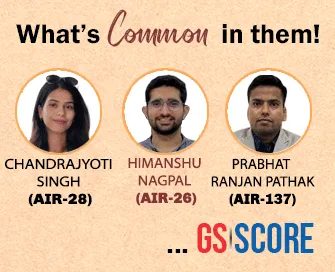

26th August 2025 (20 Topics)
Context:
The Prime Minister’s Independence Day speechannounced upcoming reforms in the Goods and Services Tax (GST), reviving debate on creating a simplified, unified indirect tax system.
Challenges in the Current GST Structure
- Multiple Rate Slabs: GST currently operates with slabs of 5, 12, 18, and 28 per cent, along with cesses on luxury and sin goods, which increases compliance costs and complexity.
- Narrow Tax Base: A large share of revenue comes from the 18 per cent category, while the 12 per cent slab is under-utilised, leading to uneven revenue distribution.
- Cascading Effects: Inverted duty structures continue for several goods, where inputs are taxed higher than final products, raising compliance burdens and disputes.
Proposed Rationalisation Measures
- Merger of Slabs: Goods/services under the 12 per cent slab may be shifted to 5 per cent or 18 per cent, reducing the number of rates and simplifying classification.
- Standard Rate Expansion: Most goods and services should fall under the 18 per cent standard rate, broadening the base and ensuring revenue stability.
- Addressing Inverted Duty: Correcting anomalies where intermediate goods are taxed higher than outputs would reduce refund outflows and improve ease of business.
Long-Term Reforms and Implications
- GST 2.0 Vision: A move towards a dual-slab GST (merit rate and standard rate) would align India with international best practices like Canada and Australia.
- Revenue and Consumer Balance: Rationalisation of rates could lower the GST burden on small businesses and consumers while sustaining government revenue.
- Institutional Safeguards: Reforms must preserve fiscal autonomy of States and maintain cooperative federalism under the GST Council framework.
Practice Question
“Critically examine the need for GST rationalisation in India. Discuss how merging rate slabs and addressing inverted duty structures can strengthen revenue buoyancy while ensuring equity and simplicity in the indirect tax system.”
More Articles

